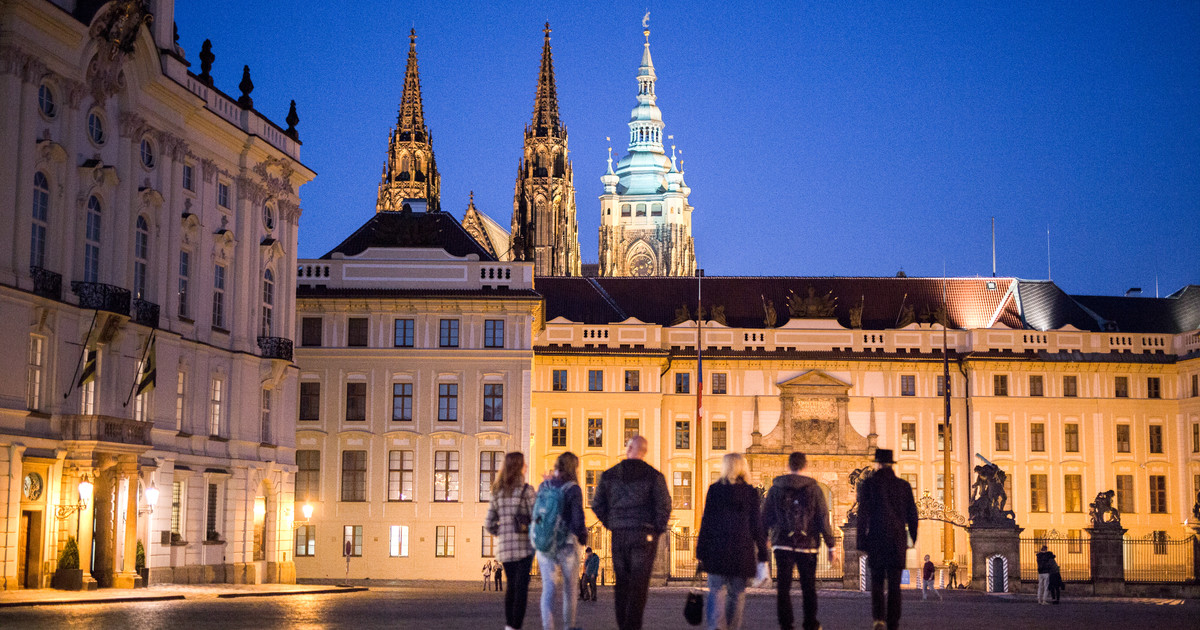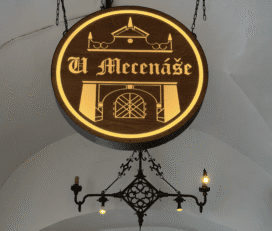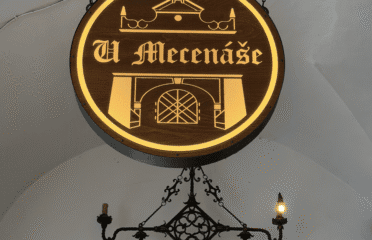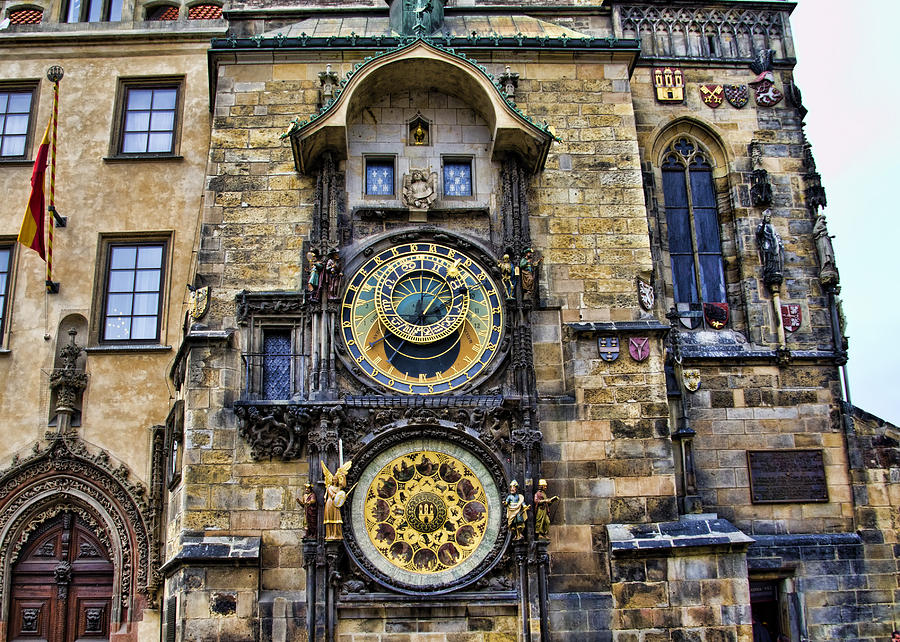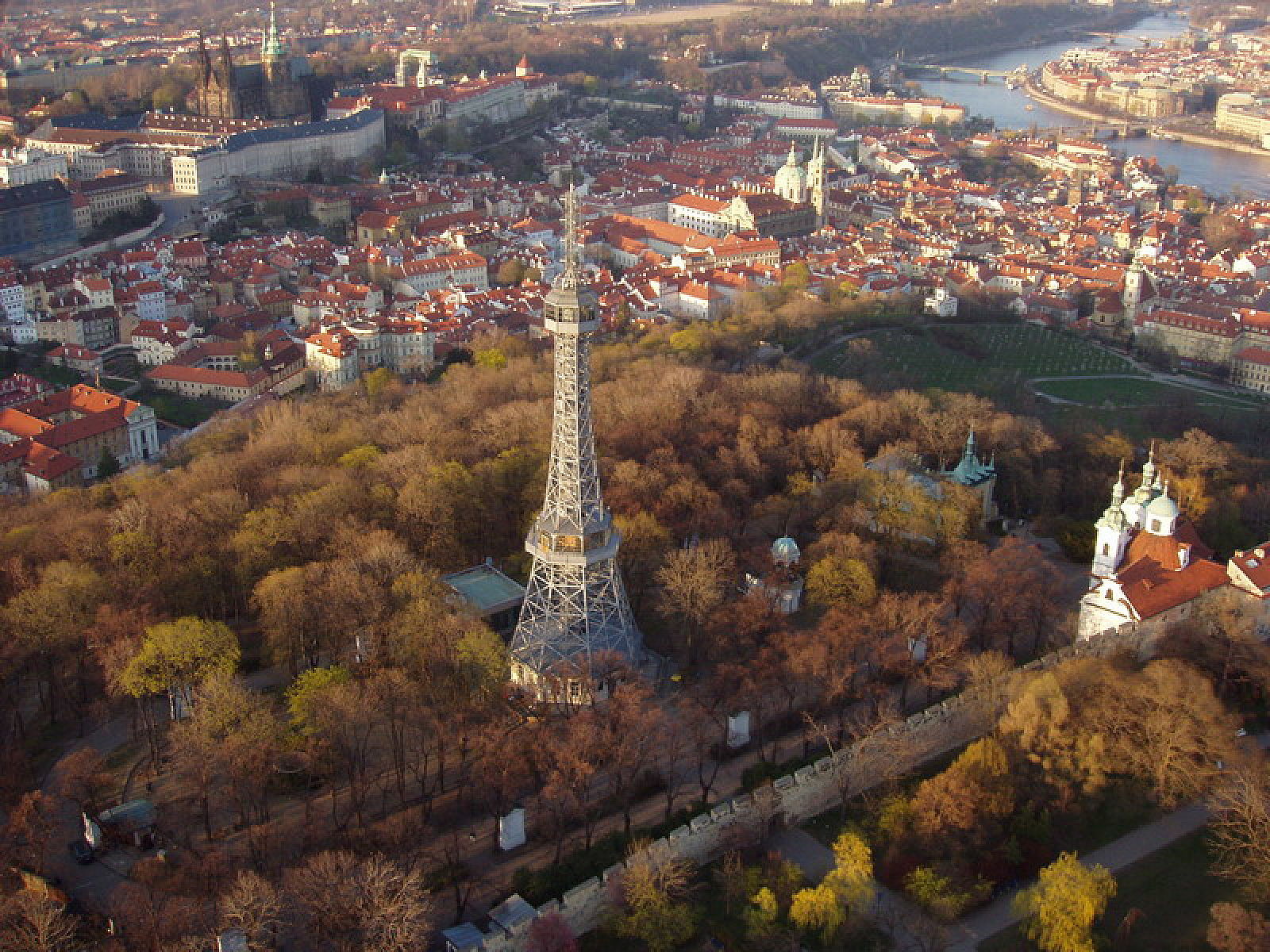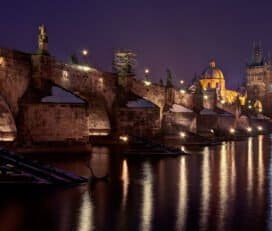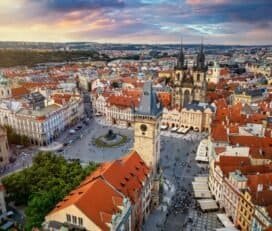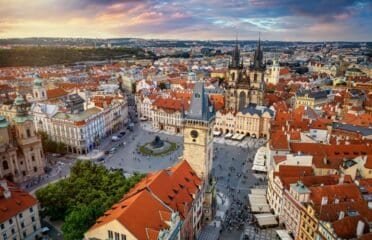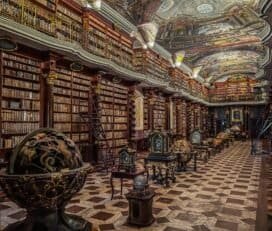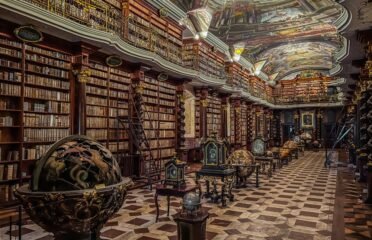Prague Castle – Prague, Czech Republic
Overview
Prague Castle (Pražský hrad) is the largest ancient castle complex in the world and the beating heart of Czech history. Towering above the Vltava River, it dominates the city skyline with its Gothic spires, Romanesque foundations, and Baroque palaces. Founded in the 9th century, the castle has served as the seat of Bohemian kings, Holy Roman emperors, and modern Czech presidents. Within its walls are some of Prague’s most iconic landmarks, including St. Vitus Cathedral, the Old Royal Palace, Golden Lane, and exquisite gardens. Today, Prague Castle is not only a UNESCO World Heritage Site but also the most visited attraction in the Czech Republic, blending political importance with architectural splendor.
Why Visit
- Explore the largest ancient castle complex in the world
- Visit St. Vitus Cathedral, the spiritual heart of the nation
- Discover centuries of history in the Old Royal Palace and medieval Golden Lane
- Watch the ceremonial changing of the guards at the castle gates
- Enjoy panoramic views over Prague and the Vltava River
Highlights
- St. Vitus Cathedral: A Gothic masterpiece housing the tombs of kings and St. Wenceslas Chapel
- Old Royal Palace: Once the seat of Bohemian rulers, featuring Vladislav Hall
- Golden Lane: Colorful medieval houses once home to castle guards and artisans
- St. George’s Basilica: One of the best-preserved Romanesque churches in Prague
- Castle Gardens: Peaceful green spaces with sweeping city views
History & Cultural Significance
Prague Castle was founded around 880 by Prince Bořivoj of the Přemyslid dynasty. Over the centuries, it grew into a vast complex reflecting the styles of each era: Romanesque structures from the 10th century, Gothic expansions in the 14th century under Charles IV, and Baroque additions in the 17th and 18th centuries. It served as the seat of Bohemian kings and later the residence of Holy Roman Emperors. After Czechoslovakia’s independence in 1918, the castle became the official residence of the president, a role it retains today. With nearly every era of Czech history represented in its architecture, Prague Castle is both a political and cultural symbol of the nation.
Typical Costs & Tickets
Entry to the castle grounds is free, but tickets are required for most interior attractions. The main ticket circuits cost around 250–350 CZK (€10–€14) for adults, with discounts for students, children, and seniors. These tickets typically include access to St. Vitus Cathedral, the Old Royal Palace, St. George’s Basilica, and Golden Lane. Combination passes and guided tours are available for higher prices. Entry to the castle gardens is free, making them a popular stop for budget travelers. Tickets can be purchased on-site or online in advance, which is recommended during peak tourist season.
Best Time to Visit
Prague Castle is open year-round, but the experience varies by season. Spring and autumn offer pleasant weather and fewer crowds, ideal for exploring the grounds and gardens. Summer brings long days and vibrant activity, though it is the busiest time. Winter offers a quieter, atmospheric experience, with the castle sometimes dusted in snow. Early mornings are best to avoid crowds, and visiting in the evening allows you to enjoy the castle’s beautifully illuminated silhouette over Prague.
Nearby Experiences
Prague Castle is located in the Hradčany district, a historic area filled with cobbled streets, palaces, and gardens. Nearby, you can visit Lobkowicz Palace, home to a private museum with treasures from the Lobkowicz family, or walk down to Malá Strana, the Lesser Town, with its charming squares and baroque palaces. The Charles Bridge is within walking distance, offering a direct route back to Prague’s Old Town. For art lovers, the Sternberg Palace houses part of the National Gallery’s collection.
Travel Tips
- Arrive early to avoid long lines, especially for St. Vitus Cathedral
- Wear comfortable shoes—the castle complex is vast and involves a lot of walking
- Check the schedule for the changing of the guard ceremony, held daily at the main gates
- Buy tickets online in advance to save time during peak season
- Don’t miss the free gardens for excellent photo opportunities and city views
Fun Facts & Local Legends
- Guinness World Records recognizes Prague Castle as the largest ancient castle complex in the world, spanning 70,000 m²
- Legend says the castle will fall if a raven ever leaves the castle grounds—ravens are still kept in the Royal Garden
- The castle’s stained-glass windows in St. Vitus Cathedral include works by Art Nouveau artist Alfons Mucha
- Golden Lane once housed alchemists, writers, and soldiers—Franz Kafka briefly lived in house No. 22


